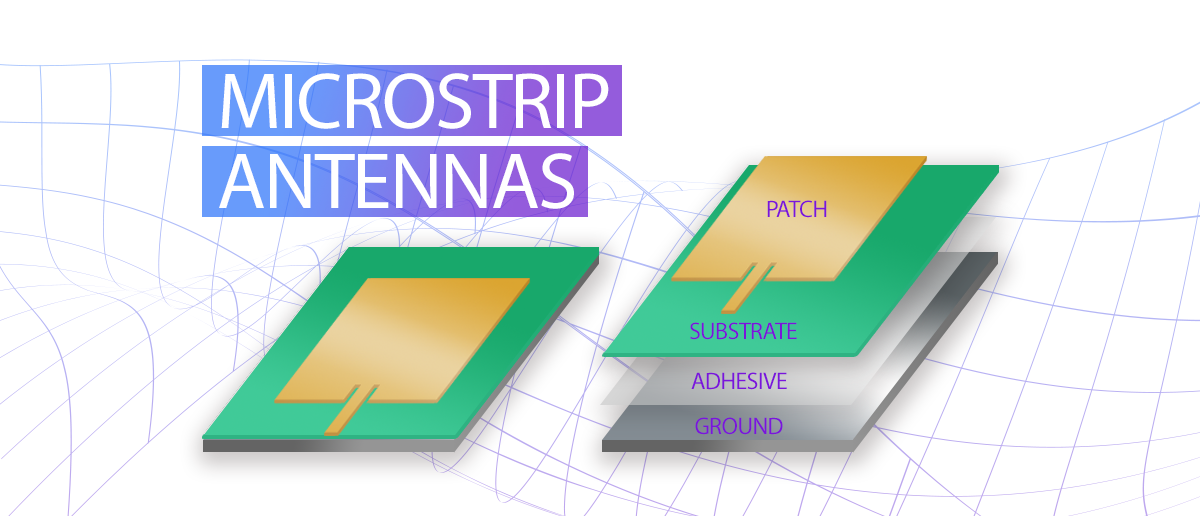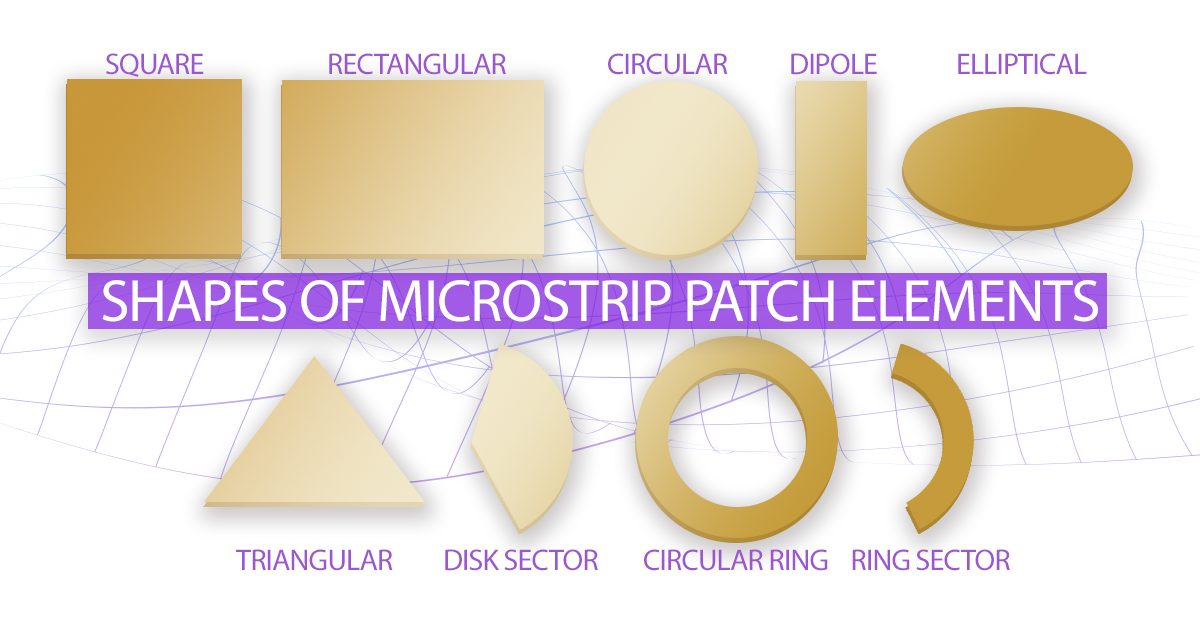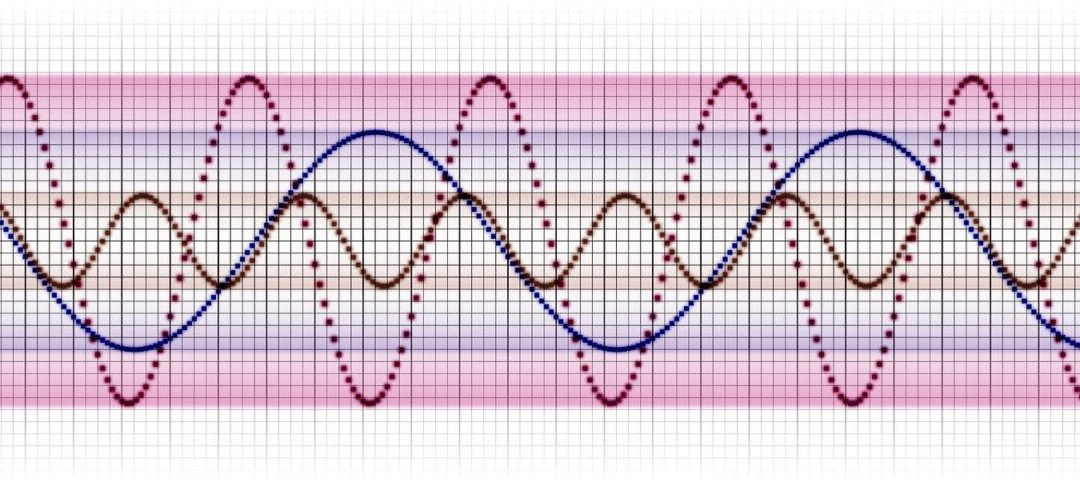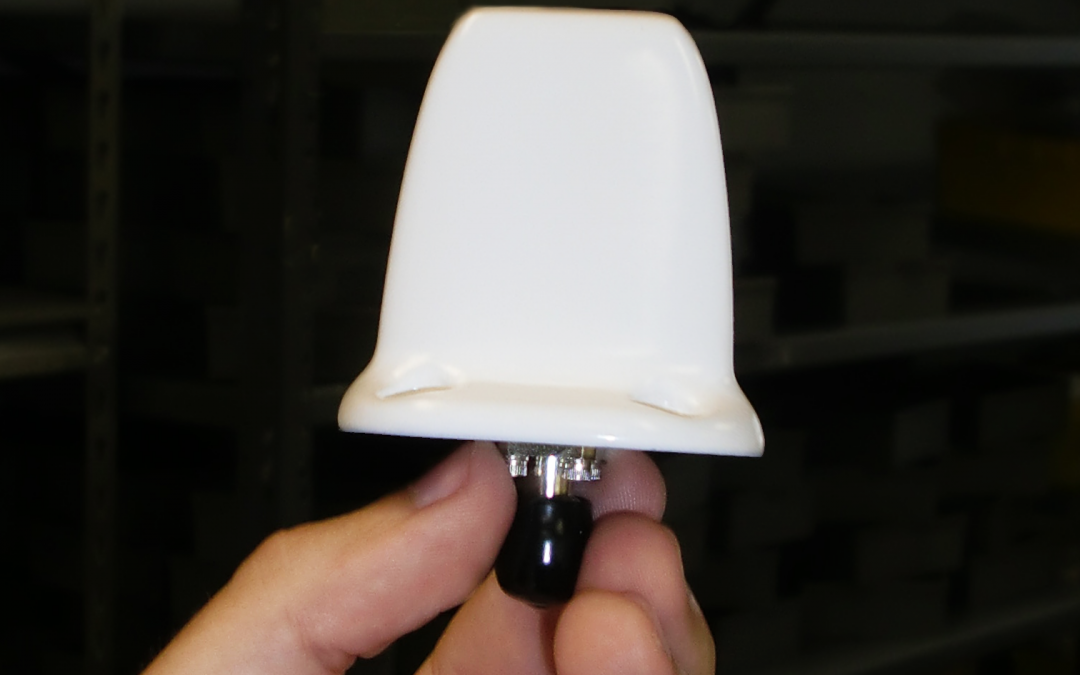Microstrip Antennas: The Basics
September 2020
In a previous post, we introduced microstrip antennas. In this post, we explore their basic characteristics, benefits, and drawbacks.
Microstrip antennas were patented in 1955, although their origins trace back to 1953. They became more commonplace in the 1970s. The antennas consist of a very thin metallic radiating element, or a “patch,” placed small fraction of a wavelength above a ground plane.
There are various substrates used in designing microstrip antennas, Thicker substrates with lower dialectric constants deliver larger bandwidth and better efficiency, while thinner substrates with higher dialectric constants are better or microwave circuitry.
Microstrip antennas have many benefits.
The most notable benefit of microstrip antennas is their versatility. Firstly, they are small and lightweight, as well as easily conformable to planar and nonplanar surfaces. Additionally, they can be are mechanically robust when mounted onto rigid surfaces. Thus, they can be used in an various applications, including aircraft, spacecraft, satellite, missile, mobile radio, and wireless communications.
Another benefit of microstrip antennas is that they are simple and inexpensive to manufacture. These low-profile antennas can be printed directly onto a circuit board.
But they have their drawbacks.
Micostrip antennas do have their disadvantages, one of which is their low efficiency. They also have low power, poor polarization purity, poor scan performance and faulty feed radiation. Additionally, these antennas have very narrow frequency bandwidth, which may be a benefit for some government security systems.
While there are ways to correct some flaws, doing so can negatively affect the antenna’s performance in other ways. For example, increasing the height of the substrate can extend the antenna’s efficiency. However, as the height increases, more surface waves will travel through the substrate, scattering at bends and surface discontinuities, degrading the antenna’s pattern and polarization characteristics. Similarly, while there are ways to increase the bandwidth, in large arrays, there would be a trade-off between bandwidth and scan volume.

Shapes do matter.
Patch elements of microstrip antennas come in various shapes and modes (field configurations), which affect the antennas’ resonant frequency, polarization, radiation pattern, and impedance. These factors are further influenced by adding loads, such as pins and varactor diodes, between the patch and the ground plane.
Square, rectangular, dipole,and circular are very common because they are the easiest to manufacture and analyze. They also have favorable radiation characteristics, especially cross-polarization radiation. Dipoles, in particular, inherently have large bandwidth and occupy less space, making them attractive for arrays.
Linear and circular polarizations are achievable with either single elements or arrays of microstrip antennas. Arrays with either single or multiple feeds may also improve scanning capabilities and directivities.
Latest Posts

Loop Antennas: Design Overview
Loop antennas come in many forms, but their overarching distinction is that they are relatively simply constructed, yet very versatile.

Antenna Development & Environmental Testing
Antenna environmental testing is a crucial part of its qualification.

What is Beamforming?
The term beamforming refers to a method of directing a wireless signal towards a specific receiving device, whereas the alternative would be allowing the signal to spread in all directions from a transmitter the way it naturally would.

Antenna Miniaturization
As the phrase suggests, antenna miniaturization is the process of replicating an antenna’s functionality while reducing its physical size.
